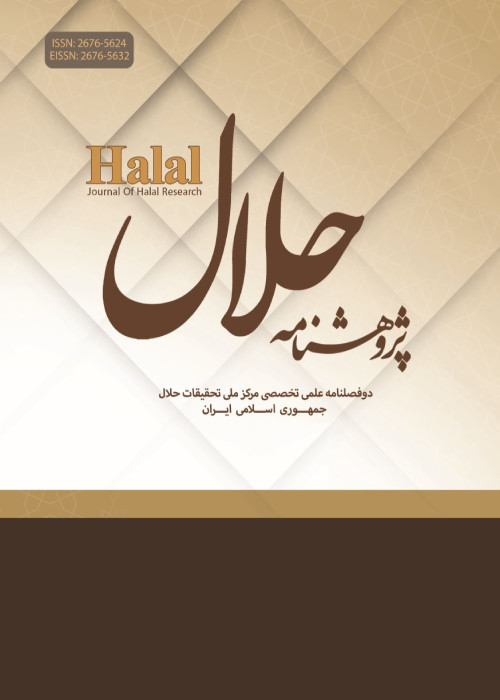A Review of Modern Biotechnological Approaches in Halal Gelatin Analysis
The global market of halal products has expanded as Muslim and non-Muslim consumers desires have been increased in recent years to use products with halal labels. Islam is not just a religion, but a way of life, in which even eating has special rules, as the Qur'an, the holy book of Muslims, explains this concept in many verses, and in particular, 41 verses of the Qur'an is related to halal foods and beverages. Due to production conditions and concerns about the presence of pig-based derivatives, Gelatin is one of the products that has caused concerns among Muslims. For this reason, it is necessary to investigate the origin of products that are marketed with halal labels. Gelatin as a GRAS source is derived from the Latin word Gelatus, meaning hard or frozen, and has been used since about 1700 AD. It is a solid, translucent, colourless or pale yellow, brittle and tasteless and is one of the most widely used colloidal protein materials in the food and pharmaceutical, industrial and medical industries. It also has a high molecular weight that is soluble not only in water but also in glycerol and propylene glycol. The use of gelatin in the food industry includes food processing and formulation, including foam and emulsion, due to its high ability to absorb water, stabilizing tissue, creating a creamy state and reducing fat consumption in diet products.
Various methods have been proposed to identify the origin of the produced gelatin, most of which are based on the identification of proteins and DNA. Protein-based methods include immunological techniques such as ELIZA and chromatographic methods, Fourier transform spectroscopy (FTIR) and chemical precipitation, DNA recognition methods including PCR based on species-specific primers, Real-Time PCR, RFLP-PCR and PCR-Southern hybridization on chip.
explain about the important components of gelatin and then, by introducing important laboratory methods to identify the origin of gelatin, we describe the methods above, relying on modern biotechnology approaches in gelatin analysis.
- حق عضویت دریافتی صرف حمایت از نشریات عضو و نگهداری، تکمیل و توسعه مگیران میشود.
- پرداخت حق اشتراک و دانلود مقالات اجازه بازنشر آن در سایر رسانههای چاپی و دیجیتال را به کاربر نمیدهد.



